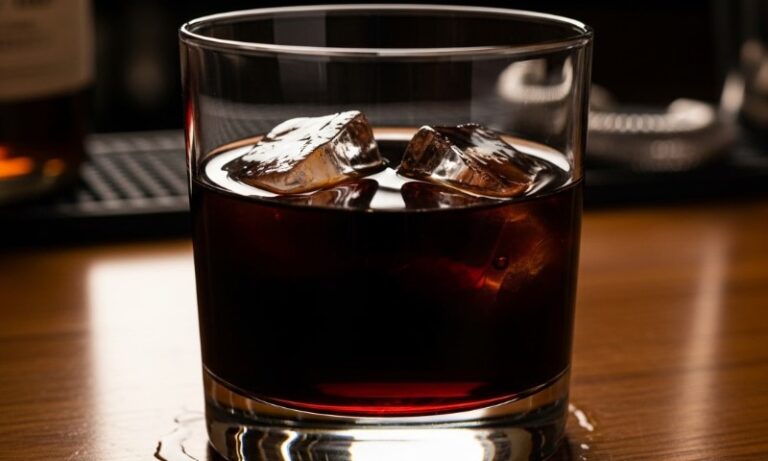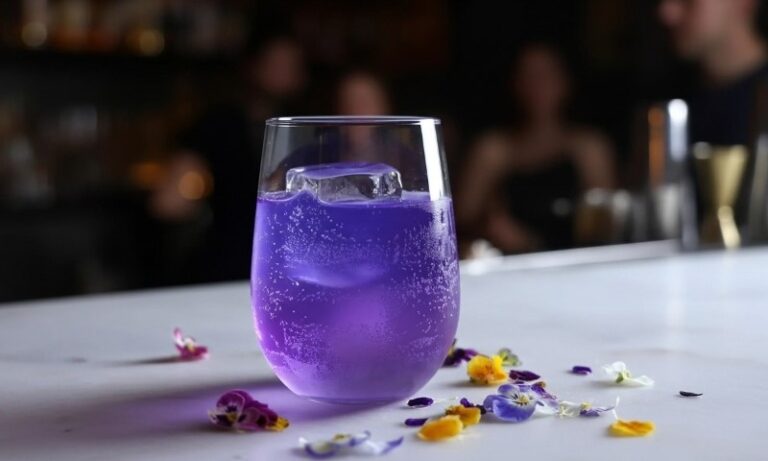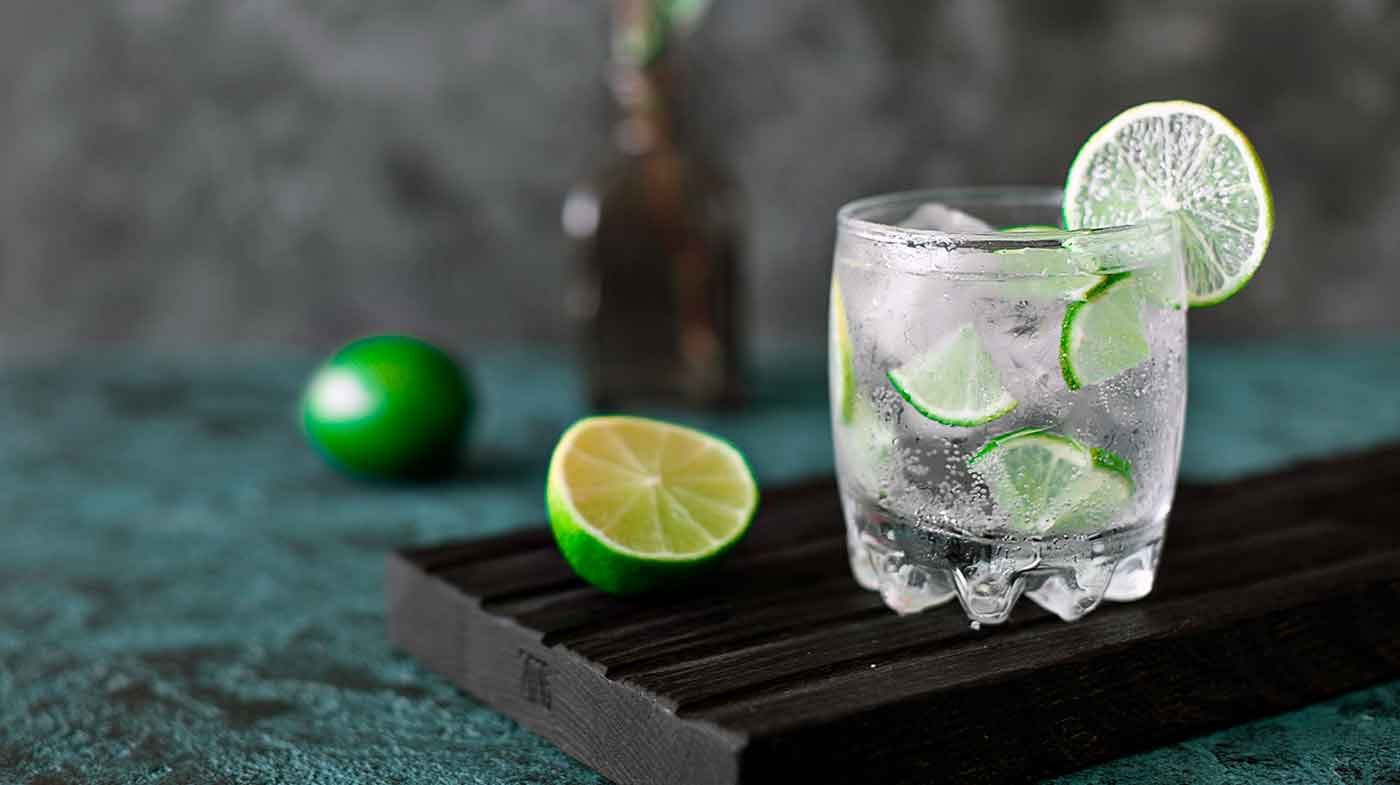Making gin at home offers a unique opportunity to create a drink that perfectly matches your taste. It is more than just mixing alcohol with botanicals; it is about crafting something that feels personal and rewarding. With a simple process and minimal ingredients, anyone can turn a neutral spirit into a custom gin bursting with flavor.
Choosing to make gin yourself lets you explore endless possibilities. Juniper forms the base, but the botanicals you add are where the real creativity begins. From citrus peels to warm spices, every ingredient brings its own character. You control the flavor profile, whether you prefer a citrus-forward gin or something spicier and more complex.
This is not a complicated or intimidating project. It is a fun way to explore flavors and enjoy the satisfaction of creating something from scratch. This guide breaks down everything into clear steps, ensuring you get a result worth sharing.
Table of Contents
ToggleTools and Materials You Need
Essential Tools for the Process
- A large glass jar with a secure lid
- A funnel for easy pouring
- A fine mesh strainer or cheesecloth
- Measuring spoons for accurate proportions
Materials You Cannot Skip
- Neutral spirit (vodka or similar high-proof alcohol)
- Fresh juniper berries
- A variety of botanicals (coriander seeds, cardamom, citrus peels)
Find the Right Spirit for Your Base
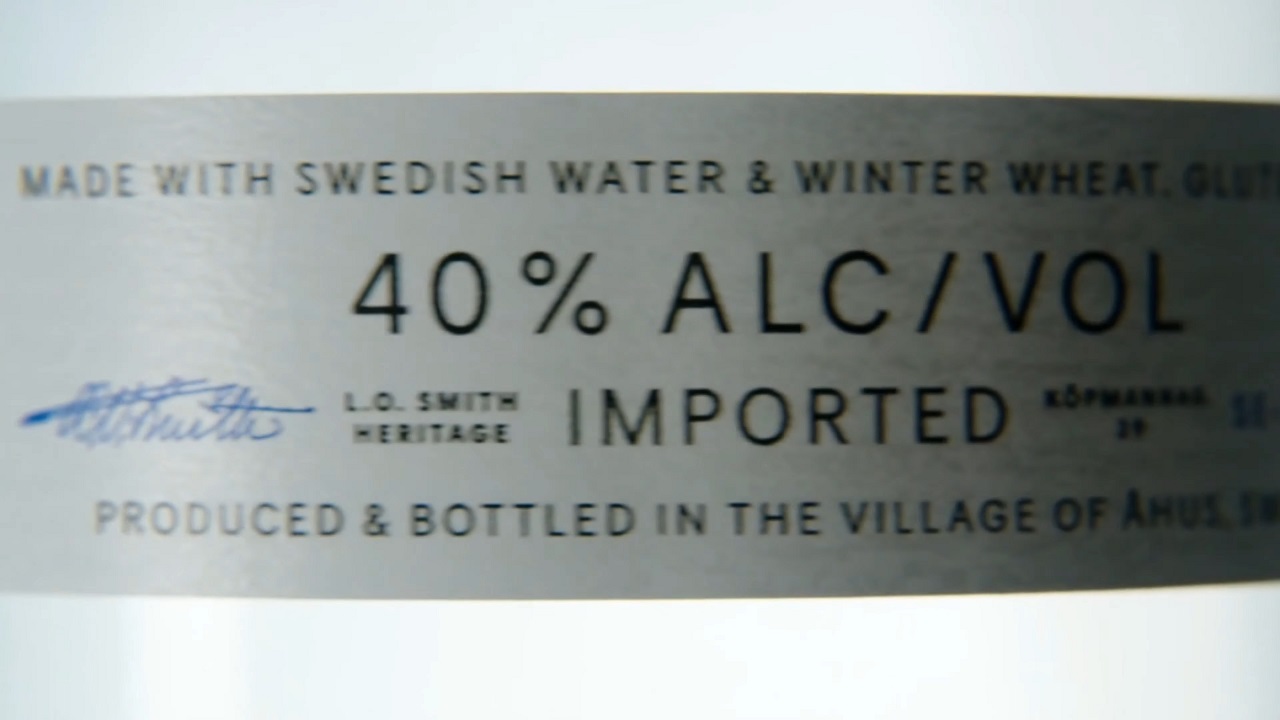
Neutral spirits should be smooth, clean, and relatively flavorless to allow the botanicals to shine.
Examples of Base Spirits
- Vodka: The most common and widely available option.
- Grain Alcohol: Offers stronger proof for advanced recipes.
Do not use spirits with existing strong flavors like flavored vodkas, as they can clash with the botanicals.
Essential Ingredients to Prepare a Fifth(750ml) of Gin
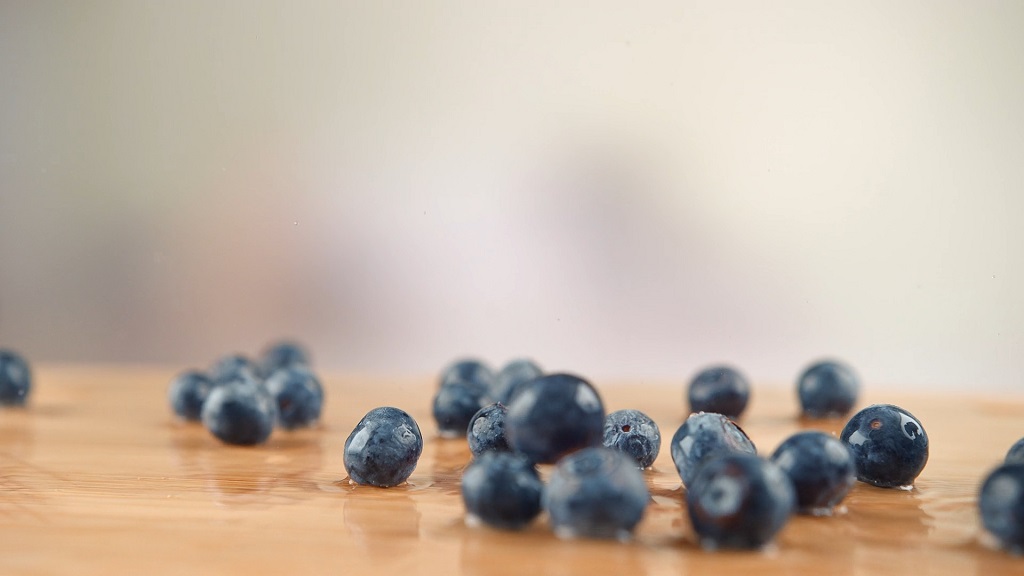
A fifth(750ml) is the most common size of liquor, which is why we chose to present you with a recipe for that quantity.
- 25 ounces (750 ml) of neutral vodka (40% ABV or higher)
- 2 tablespoons juniper berries (essential for the gin flavor)
- 1 teaspoon coriander seeds (zesty citrus note)
- 2 cardamom pods (for warmth and spice)
- 1 peppercorn (adds subtle sharpness)
- 1/4 of a cinnamon stick (for depth, optional)
- 1 small piece of dried orange peel (ensure no pith to avoid bitterness)
- 1 small piece of dried lemon peel
Step-by-Step Instructions to Prepare a Fifth of Gin
1. Prepare Your Jar
Use a sterilized glass jar with a tight lid. Clean it thoroughly with hot water to avoid contamination.
2. Add Your Ingredients
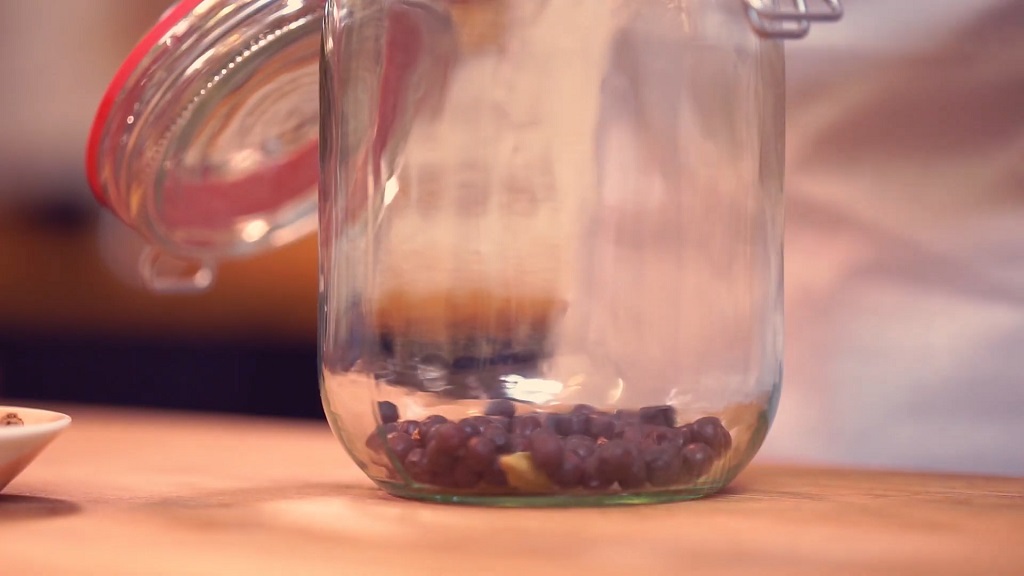
Place the juniper berries, coriander seeds, cardamom pods, peppercorn, cinnamon stick, and dried citrus peels into the jar.
3. Pour the Neutral Spirit
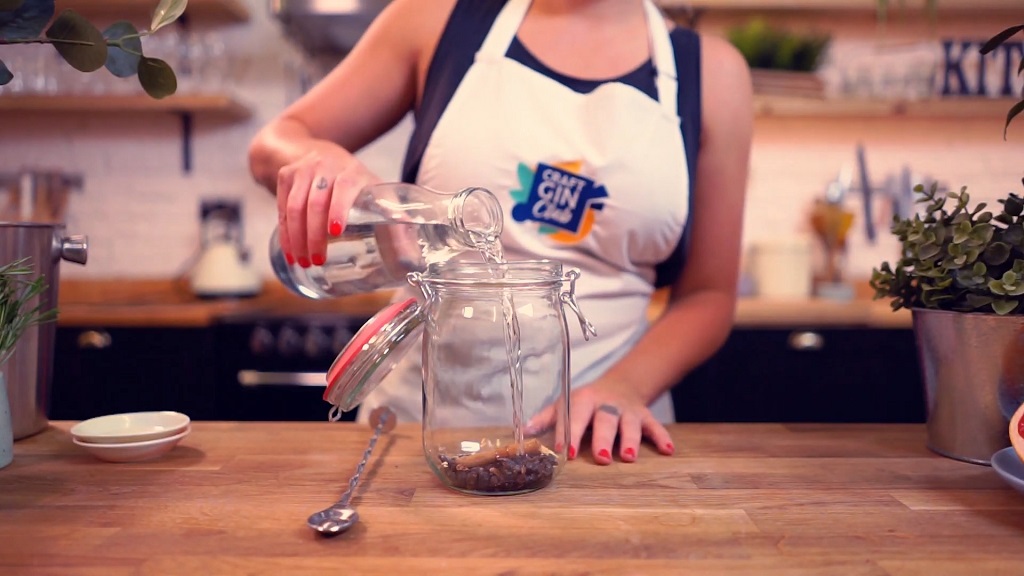
Add the vodka to the jar. Ensure the botanicals are completely submerged in the spirit.
4. Seal and Infuse
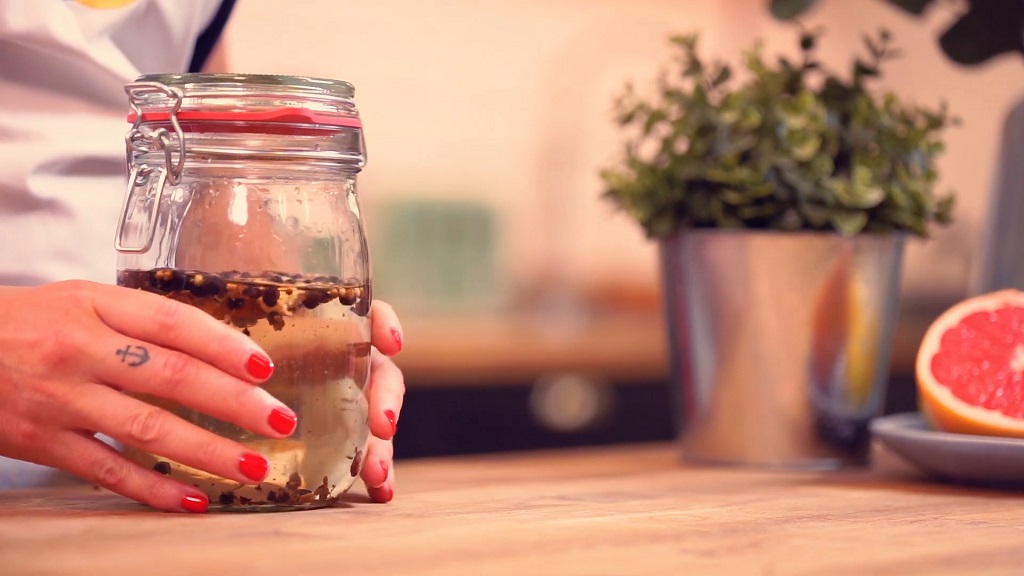
Close the lid tightly and give the jar a gentle shake. Store it in a cool, dark place.
5. Infusion Period
Allow the mixture to infuse for 24 to 48 hours. Shake the jar lightly once a day.
6. Taste-Test
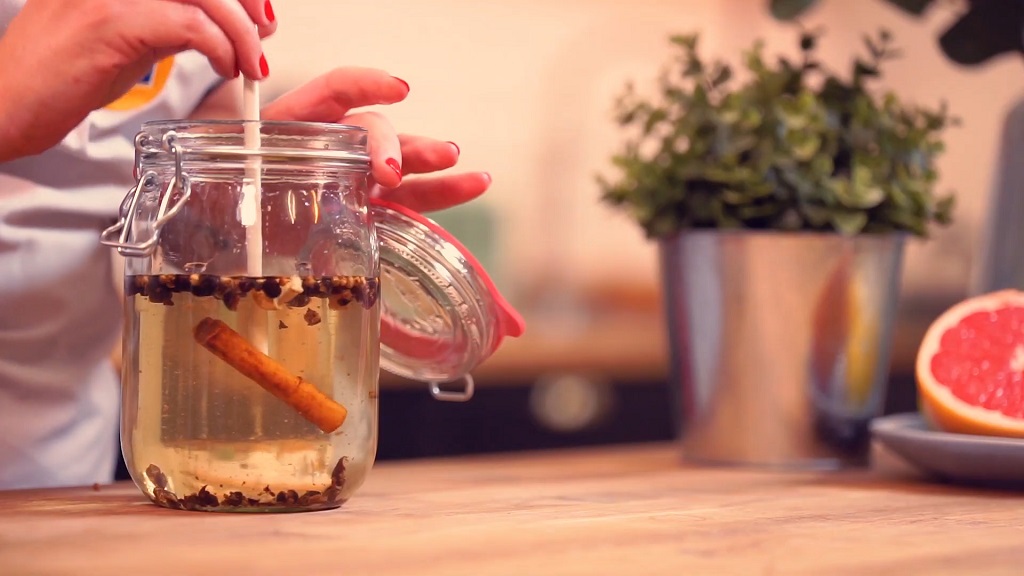
After 24 hours, taste the mixture to monitor the flavor development. If it lacks strength, allow it to infuse longer.
7. Add Fresh Citrus (Optional)
If desired, add small pieces of fresh orange or lemon peel for a brighter citrus flavor. Only leave fresh citrus in for 12 to 24 hours to prevent overpowering.
8. Strain and Bottle
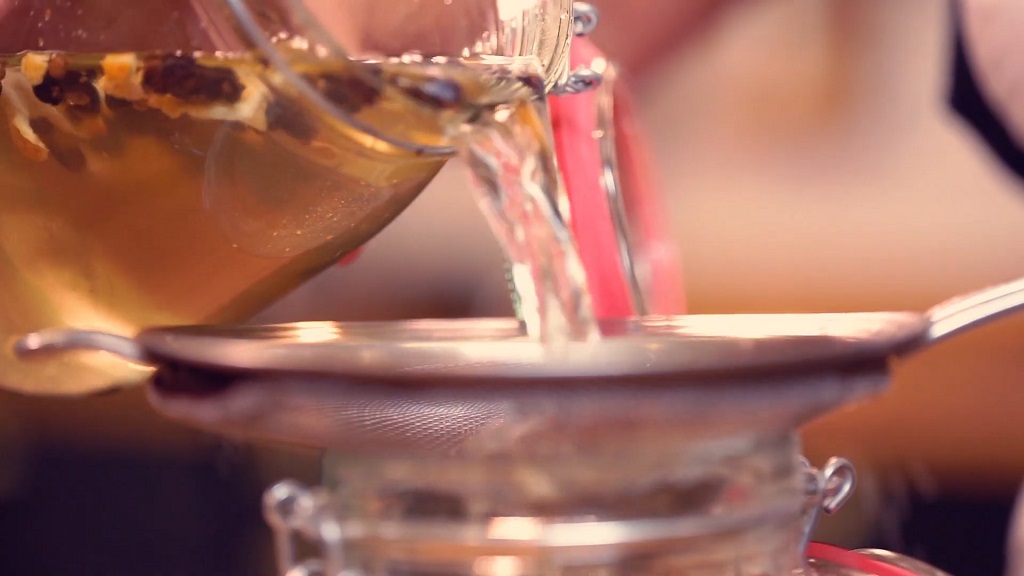
Once the flavor is balanced to your liking, strain the liquid through cheesecloth or a fine mesh strainer to remove all solids. Pour it into a sterilized bottle.
9. Let It Rest
Allow your gin to rest for a day or two before drinking to let the flavors meld together fully.
10. Enjoy
Serve with tonic, soda water, or in your favorite cocktail. Store any remaining gin in a cool, dark place.
Avoid Common Errors in the Process
1. Overloading Botanicals
Adding too many botanicals can create a confusing flavor profile. Focus on balance by limiting your ingredients to a manageable selection. Start simple and expand with experience.
2. Using Poor-Quality Ingredients
Always use fresh, high-quality botanicals and a neutral spirit. Old spices or low-grade alcohol will affect the final taste and reduce the quality of your gin.
3. Forgetting to Sterilize Equipment
Sterilization prevents contamination. Always clean jars, strainers, and tools thoroughly to ensure your gin remains fresh and safe for consumption.
4. Rushing the Process
Patience is critical. Skipping steps, rushing infusion, or bottling too early can leave you with a subpar product. Allow flavors to fully develop.
Taste and Adjust for Perfection

Taste your infusion every 12 to 24 hours to monitor the flavor development. This allows you to identify if certain botanicals, like cardamom or citrus, are becoming too strong and need to be removed.
Adjust to Your Preference
If your gin feels too sharp or lacks depth, adjust by adding a small amount of a balancing ingredient, like a pinch of coriander or a slice of fresh citrus. This step personalizes the flavor profile.
Avoid Over-Adjustment
Small changes work best. Adding too much at once can overwhelm the blend, making it harder to fix.
Store Your Finished Gin Safely
Once your gin has reached the desired flavor, strain it through cheesecloth or a fine mesh strainer to remove botanicals. This ensures a clear, smooth result.
Bottling Tips
Use clean, airtight glass bottles to preserve the flavor. Dark glass bottles work best, as they protect your gin from light exposure, which can degrade its quality over time.
Proper Storage
Store your gin in a cool, dark place. Avoid direct sunlight or extreme temperatures, as these can impact the flavor and stability.
Create Unique Flavors for Your Batch

Customize your gin by introducing unique ingredients, like lavender, rosemary, or exotic spices. This makes each batch truly personal and one-of-a-kind.
Balance Creativity with Tradition
While experimenting is encouraged, always start with a solid base of juniper and classic botanicals. Build on this foundation to create balanced, harmonious flavors.
Check Out These Flavoring Ideas
- Floral notes: Add chamomile or hibiscus for a light, fragrant touch.
- Spicy blends: Introduce ginger or cloves for warmth.
- Fruity tones: Use fresh berries or tropical fruits for a modern twist.
FAQs
What Makes Gin Different from Other Spirits?
Gin is unique because it is defined by its predominant juniper flavor. While other spirits like vodka are neutral, gin relies on a balance of botanicals to create its distinct taste profile.
Are There Different Types of Gin?
Yes, gin comes in several styles, including London Dry (classic and crisp), Old Tom (slightly sweeter), and Navy Strength (higher alcohol content). Each has unique characteristics that cater to different preferences.
Can Gin Be Aged Like Whiskey?
While gin is traditionally unaged, some gins are aged in barrels to develop deeper, more complex flavors. These are often referred to as “barrel-aged gins” and can have notes of wood, vanilla, or spice.
Why Does Gin Pair So Well with Tonic?
The bitter and slightly sweet flavor of tonic water complements the citrus and herbal notes in gin. The carbonation also enhances the aromas, making it a perfect match for the spirit.
What Are the Health Effects of Drinking Gin?
Gin is often considered a “healthier” option among spirits because it is lower in sugar and carbohydrates. Juniper berries, its key ingredient, have antioxidant properties. However, moderation is crucial to avoid negative health impacts.
Last Words
Making gin at home means creating something with your own hands, step by step. Each detail reflects your choices, from the botanicals to the final flavor. The end result is a drink that stands out because it is truly yours. Simple, honest, and rewarding—that is what this process delivers.






